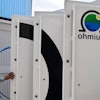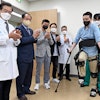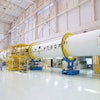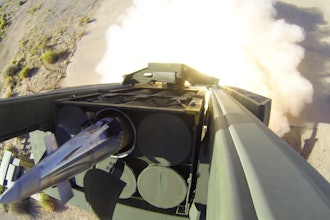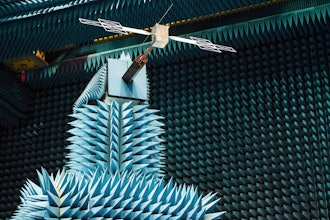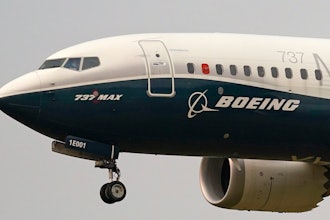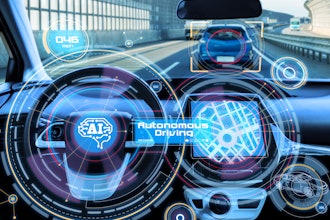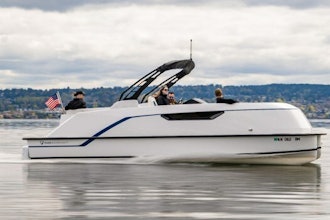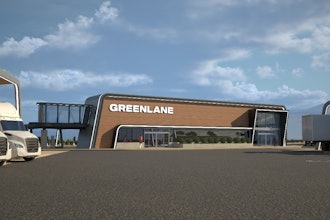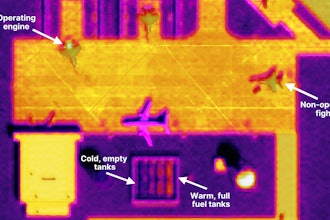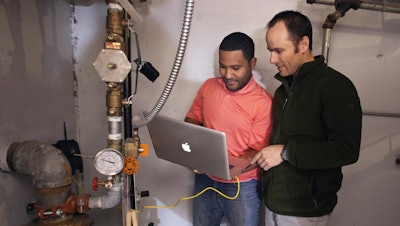
The water meter buried in your front yard isn't exactly the most cutting-edge piece of technology.
While they are accurate, most residential water meters are read only once per month, resulting in rough usage data - often rounded to the nearest 1,000 gallons.
With the limited data, water utility managers can't distinguish individual uses, such as sprinklers versus toilets, or determine usage by time of day.
This limits their ability to spot costly leaks or see opportunities for water conservation. And it gives water users no useful information about how and when they use water.
With growing populations in cities and increasing uncertainty about water supply and quality, water resource managers are looking for smarter tools to measure and manage urban water use.
So-called 'smart' meters are one such technology that can capture water use data at high temporal resolution. Smart meters can improve water end-use forecasting and create useful information about demand and supply. And while the new meters show promise, they have failed to achieve widespread adoption in the U.S.
"Replacing existing, analog meters is expensive," said Dr. Jeff Horsburgh, an assistant professor of civil and environmental engineering at Utah State University. "And there is a lack of available cyberinfrastructure for extracting useful information from the large volume of data that smart meters produce."
That's the heart of the problem for Horsburgh: without new data analysis tools, the large volume of data from a smart meter can actually make it harder for utility managers to do their job.
"Until recently, there were no standardized formats or tools to store and analyze water usage figures," he added. "To turn complex water data into useful information, we're developing an integrated research and education plan called Cyberinfrastructure for Intelligent Water Supply."
Horsburgh was selected by the National Science Foundation to receive the prestigious CAREER award grant and will receive $507,000 to help fund this ongoing research. He and his team have developed an inexpensive technology to make existing analog meters smarter. The program will create new tools that collect, shrink and transform high resolution data into useful information products for water managers.
"The ongoing research will significantly close the gap in our ability to quantify and forecast urban water use and behavior," he said.
As part of the study, Horsburgh's team will install smart meters on about 50 homes and inside dormitory buildings on the USU Logan Campus to study patterns in residential water use. With the ability to track water usage in high temporal resolution, Horsburgh's goal is to quantify the timing and distribution of household water use to provide better information for both water users and managers.
On the USU campus, the new meters and data will also allow dorm residents to compete for the title of most water efficient in a friendly campus water wars competition.
In addition to his ongoing research, Horsburgh is part of the leadership team for a statewide study known as iUTAH. The five-year initiative is an NSF-supported program integrating research, training and education, aimed at strengthening science for Utah's water future.

